The four men were apprehended not long after trying to dig up the mosaic, found in the vineyard of a home right next to Zile Castle, the site where Julius Caesar famously declared "Veni vidi vici."
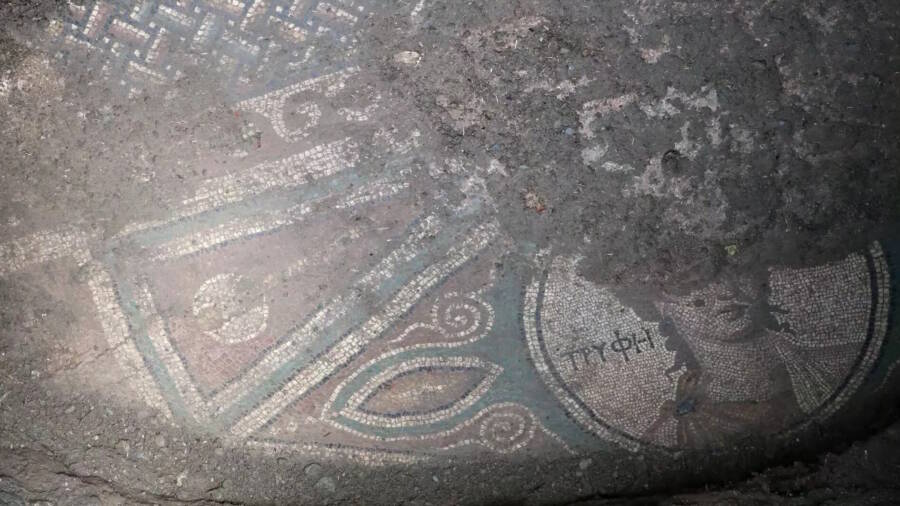
AAThe ancient Roman mosaic that was unearthed by looters in Zile, Turkey.
Hoping to sell an ancient Roman mosaic on the black market, a group of would-be thieves in Zile, Turkey livestreamed their illegal excavation — while displaying their location, the date, and one of the looter’s names. Unfortunately for them, one of their viewers tipped off the police, who later arrived on the scene to stop the theft and rescue this priceless historical artifact.
The mosaic is a stunning find and offers a fascinating glimpse into Zile’s dramatic Roman past. After all, it was at Zile, in 47 B.C.E., that Julius Caesar famously declared, “Veni, vidi, vici” (“I came, I saw, I conquered”).
The Ancient Roman Mosaic Uncovered In Zile — By Thieves Who Livestreamed Their Theft
The mosaic in Zile was uncovered by police last week near Zile Castle in Turkey’s Tokat province. The looters, who had tried to cover the mosaic with bags, were arrested, and the mosaic was seized by the authorities.
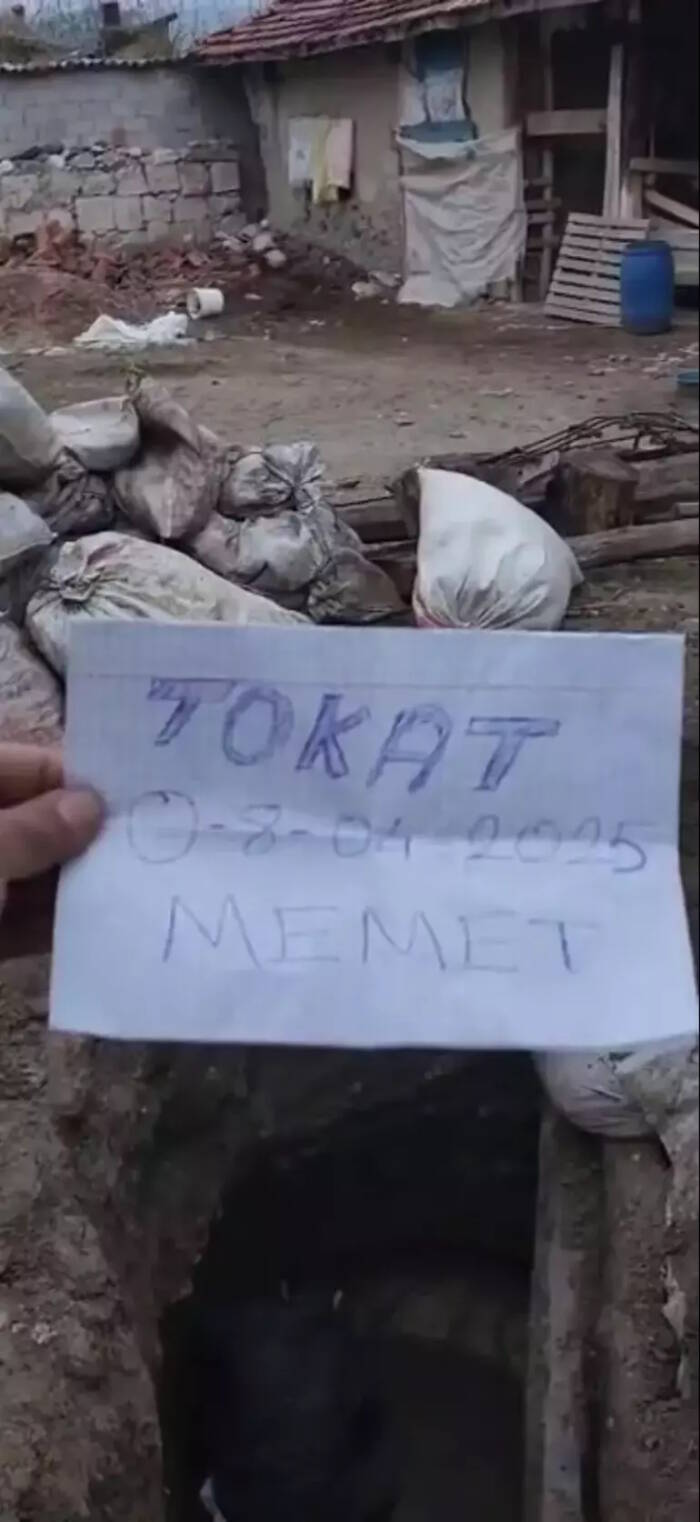
TikTokA screenshot from the video that the looters livestreamed, identifying their location, the date, and one of their names.
The mosaic features several geometric patterns, the face of a woman, and the word “tyrphe,” which means luxury and indulgence. Murat Tekin, the head of the excavation team at Zile Castle Ancient Theater and a faculty member in the Department of History at Tokat Gaziosmanpaşa University (TOGÜ), told Turkish media that the mosaic was located roughly 650 feet from ongoing, authorized excavations at the theater, and that it was probably linked to Zile’s ancient lower city.
Confirming that the mosaic dates back to the Roman era, Tekin remarked: “This discovery is a testament to the rich cultural tapestry of Zile, which has been an important hub since ancient times.”
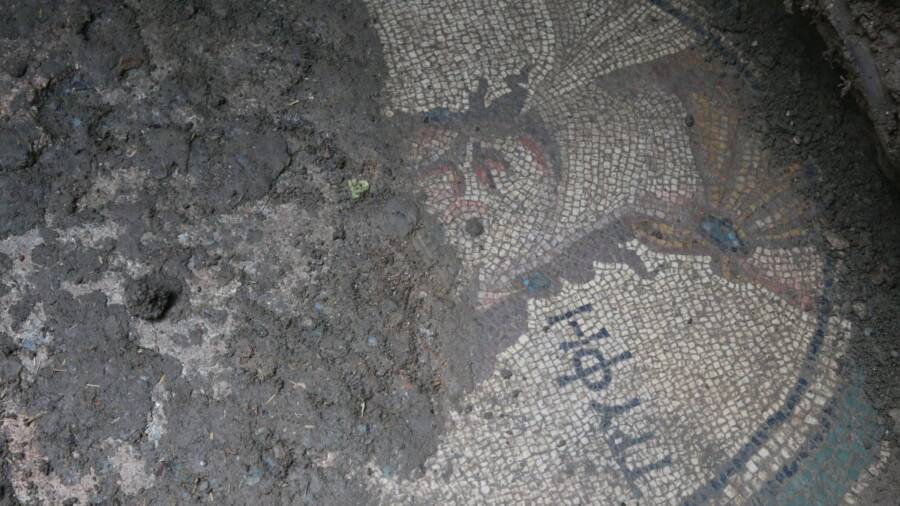
AAA close-up of the word “tyrphe” on the mosaic, which means luxury or indulgence.
Indeed, Zile — or Zela, as it was known in antiquity — has a long, rich story, and served as the backdrop for one of Roman history’s most famous moments.
The Dramatic Ancient History Of Zile During The Roman Era
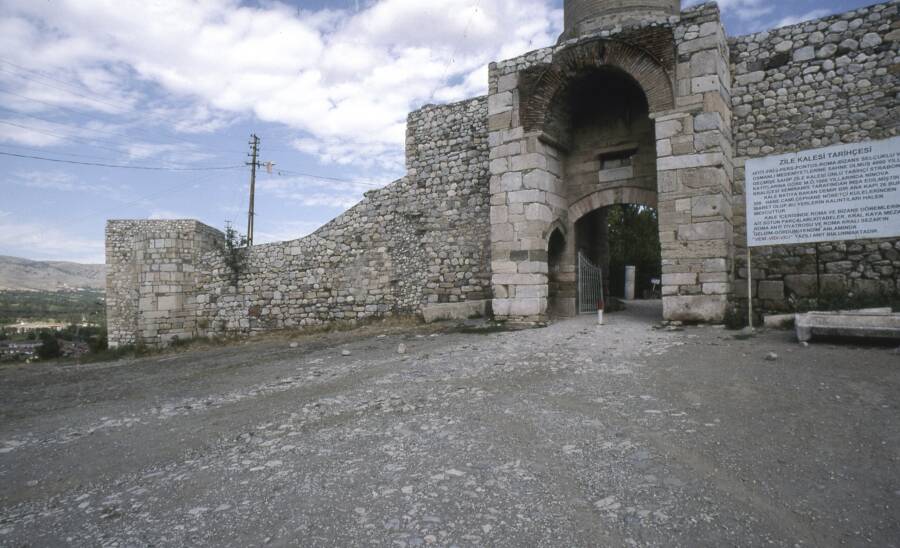
Dosseman/Wikimedia CommonsOne of Zile’s most famous historic sites is its ancient castle, which was built roughly 2,000 years ago.
Zile dates back to at least the Hittite period (roughly 1600 to 1180 B.C.E.) when it was known as Anziliya. But the city’s most famous moment came in 47 B.C.E., with the arrival of Julius Caesar.
Caesar, who had recently defeated Egyptian pharaoh — and brother of Cleopatra — Ptolemy XIII in the siege of Alexandria, came to Zila to face Pharnaces II, King of Pontus. Caesar, looking to consolidate his power, swiftly defeated Pharnaces II at the Battle of Zela, which prompted him to famously boast, “Veni, vidi, vici” (“I came, I saw, I conquered”).
In the years that followed, Zile came to occupy an important place in the Roman Empire. The region was advantageously located along vital trade routes that connected East and West, which in turn caused the Tokat province to thrive and grow. The mosaic provides a hint of this prosperity, as it likely once belonged to an opulent structure, possibly a residence or public space.
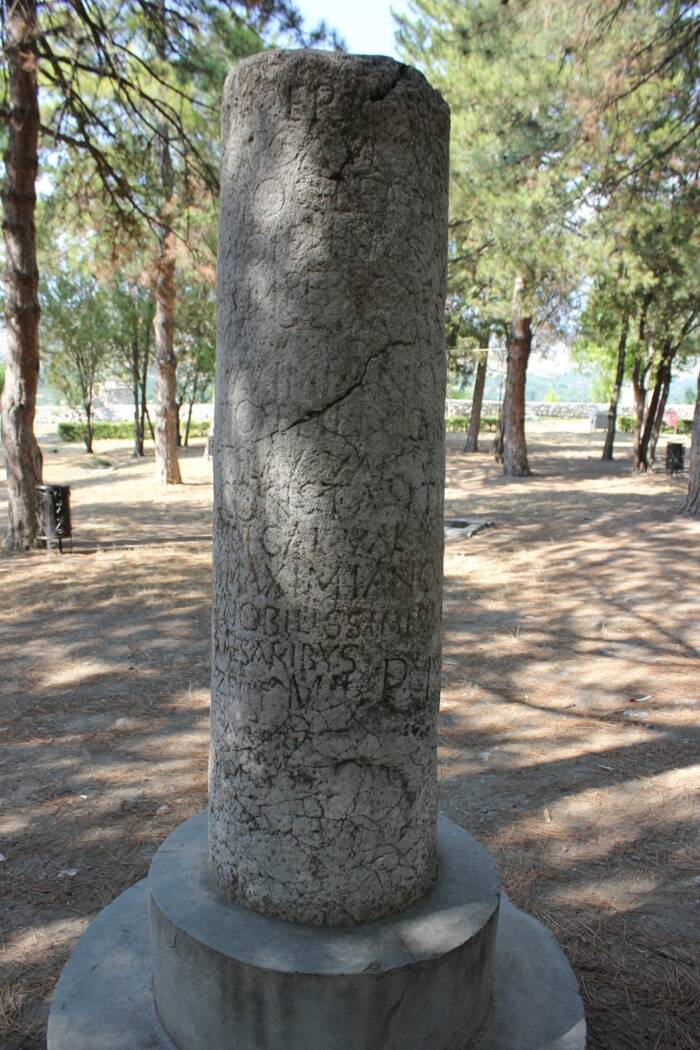
Lubunya/Wikimedia CommonsThe column in Zile where Julius Caesar allegedly declared: “Veni, vidi, vici,” or “I came, I saw, I conquered.”
Indeed, Tekin is hopeful that excavations in the area surrounding the mosaic can both turn up more historical discoveries, and draw tourists and historians to Zile. He believes that such excavations can offer clues about Zile’s urban planning, lifestyle, and cultural practices, and that bringing more of the area’s ancient history to light will make it a popular draw in academic circles.
“If we expand our excavation efforts in the area where the mosaic was found,” he said, “it will not only enhance our understanding of the past but also attract visitors eager to explore Zile’s rich heritage.”
After reading about the Roman mosaic that was recovered after would-be thieves livestreamed their dig, go inside the surprisingly complicated question of why Rome fell. Then, discover the astonishing stories behind some of Rome’s worst emperors.





